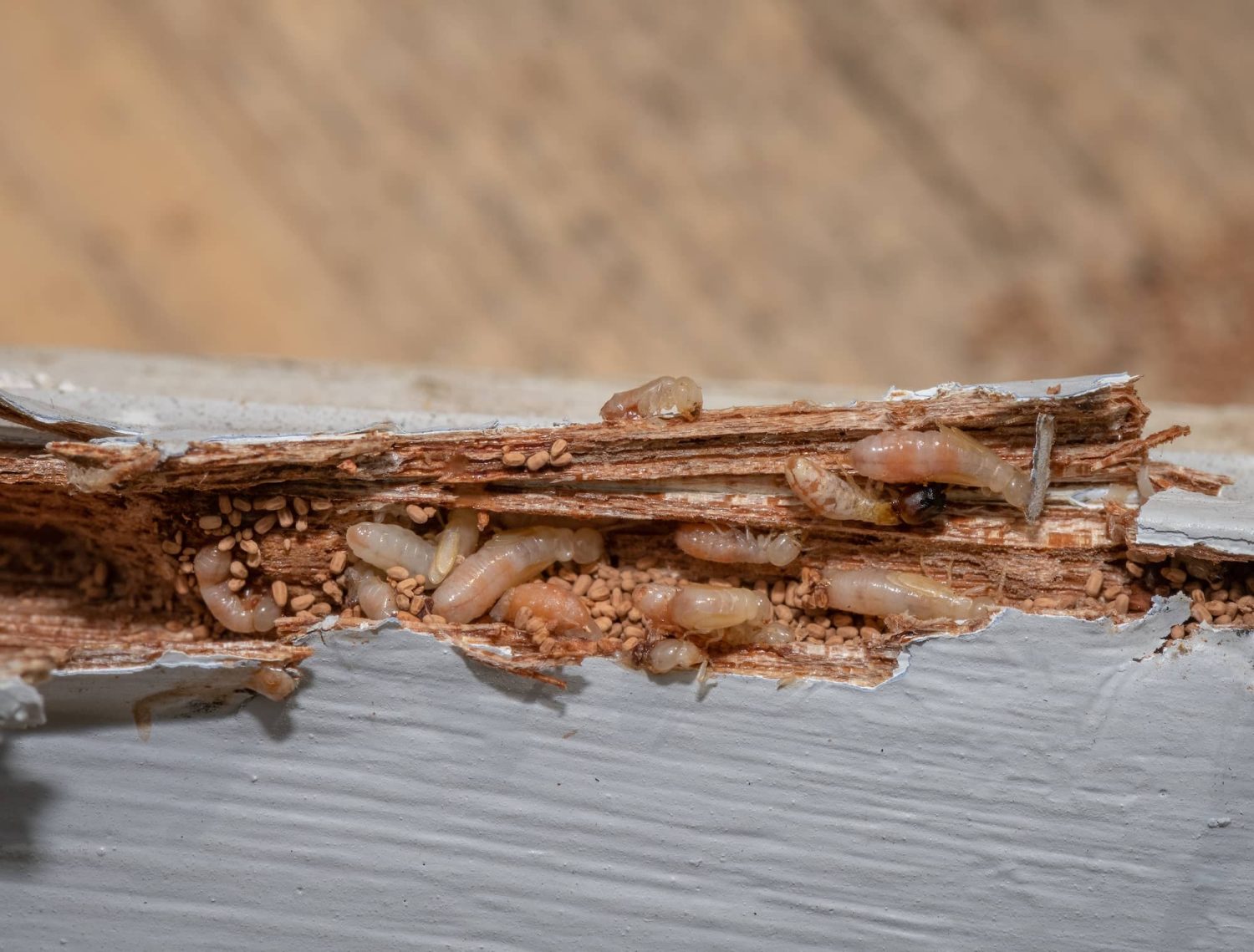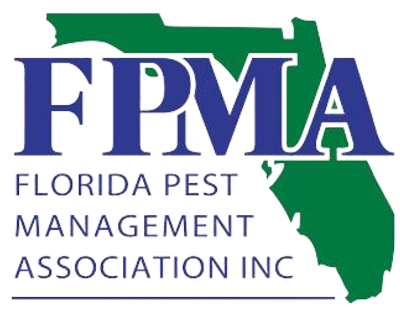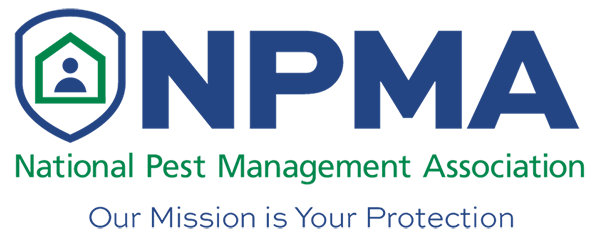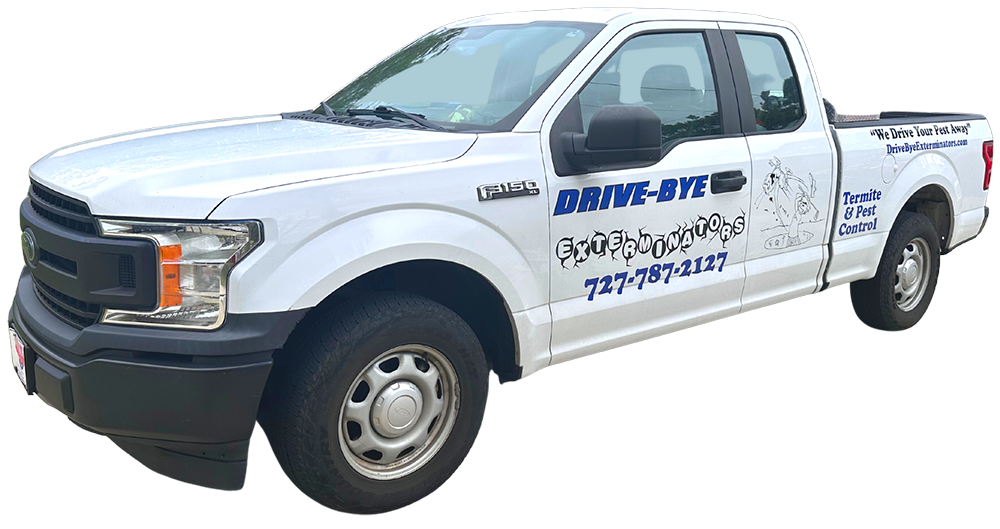
Spring season PSA: Your beautiful Tampa Bay home might be harboring unwelcome guests. Consequently, these pests can cause thousands in damage before you notice their presence. Drywood termite infestations often go undetected until significant structural damage has occurred. In essence, these silent destroyers work around the clock. They munch through wooden structures with remarkable efficiency. Don’t let these pests turn your dream home into a nightmare! Therefore, contact Drive-Bye Exterminators today for protection against these destructive insects.
Termite Droppings (Frass)
What’s that mysterious sand-like substance appearing on your floors and window sills? Those aren’t random dirt particles — they’re a major red flag! Drywood termites produce distinctive fecal pellets called frass. Specifically, they push this frass out of small holes in the wood. These tiny pellets are often mistaken for sawdust or sand. However, they actually represent a clear warning sign of an active drywood termite infestation. The appearance of these pellets indicates termites are actively consuming wooden structures within your home.
These six-sided pellets typically appear in small piles beneath infested wood. Their color varies from light beige to dark brown depending on the wood type. In particular, finding these mysterious mounds around your home isn’t just concerning — it’s a call to action!
- Location matters: Look for frass piles near baseboards, window sills, door frames, and wooden furniture
- Consistency counts: Fresh frass indicates an active infestation requiring immediate attention
- Color clues: The shade of frass can help identify which woods are being targeted
Have you checked your home’s hidden corners for these revealing pellets lately?

Hollow-Sounding Wood
Does your beautiful wood flooring sound different when you tap on certain sections? This subtle change might reveal a devastating secret! At first, drywood termites feast on wood from the inside out. They create hollow chambers while leaving the surface intact. Due to this sneaky behavior, their detection becomes particularly challenging for homeowners.
Wood that sounds hollow when tapped often signals advanced stages of a drywood termite infestation. The hollow sound results from termites eating away the interior. Meanwhile, they leave just a thin veneer of wood on the surface. This deceptive presentation allows significant structural damage to occur before most homeowners notice anything amiss.
Detecting Hollow Wood Areas:
- Tap wooden surfaces with a screwdriver handle and listen for a dull, hollow sound
- Pay special attention to baseboards, door frames, window frames, and furniture
- Press suspect areas gently — severely damaged wood may give way under light pressure
Is your home’s structural integrity being compromised by these hidden invaders?
Sticking Doors and Windows
Why do your once-perfect doors and windows suddenly stick or become difficult to open? The answer might lie with unwanted tenants destroying your home’s framework! As a result ofdrywood termites consuming wood, the resulting damage can cause warping and structural changes. Doors and windows that suddenly become difficult to open often indicate hidden termite activity within the frames.
This warning sign typically appears after significant termite damage has already occurred. The warping happens because termites create moisture during digestion. Additionally, this added moisture — combined with structural weakening — distorts the wood. Our termite exterminators at Drive-Bye Exterminators have seen countless cases where homeowners dismissed sticking doors as simple humidity issues. In reality, termites were the true culprits!
- Watch for: Doors that suddenly require extra force to open or close
- Be alert for: Windows that stick or no longer close completely
- Don’t ignore: Visible gaps appearing around door frames where none existed before
Could your “humidity problem” actually be a sign of something far more destructive?
Discarded Termite Wings
Where did those scattered wings on your windowsill come from? Those delicate, discarded wings are actually a critical warning sign of termite trouble! During certain seasons, mature drywood termites develop wings and swarm to establish new colonies. After that, they shed their wings, which often accumulate near windows, doors, and light fixtures.
Finding discarded wings in your home clearly indicates termites are establishing new colonies within your property. This swarming behavior typically occurs once or twice a year. Specifically, it often happens after rain when humidity levels are high. As professionaltermite exterminators, we’ve seen many homeowners mistake these wings for flying ants. This dangerous misidentification allows infestations to grow unchecked!
How to Identify Termite Wings:
- Termite wings are equal in length, unlike ant wings which have different sizes
- They appear translucent, white or pale in color
- Wings often break off easily and appear in small piles
- Swarming typically occurs in spring or fall in Tampa Bay’s climate
Have you noticed these telling signs of termite colonization within your walls?
Tunnels and Galleries in Wood
What’s creating those strange tunnels and patterns within your wooden structures? Those intricate galleries reveal the feeding highways of hungry termites! To illustrate, drywood termites create distinctive feeding patterns as they tunnel through wood. They follow the grain and create a network of chambers and passages. These maze-like patterns provide definitive evidence of a drywood termite infestation when infested wood breaks open.
Unlike their subterranean cousins, drywood termites don’t require contact with soil. Instead, they can establish colonies directly within wooden structures. This makes them particularly dangerous for Tampa Bay homes with significant wooden elements. The feeding galleries weaken structural integrity while remaining largely invisible from outside. In summary, this creates a perfect storm for major damage!
- Complex tunnel systems follow wood grain
- Chambers are connected by tunnels of various sizes
- Galleries are typically clean, unlike those of carpenter ants which contain debris
- Severely infested wood becomes honeycombed internally while maintaining its exterior appearance
How extensively have these destructive insects mapped their feeding highways through your home’s wooden structures?
Clicking or Tapping Sounds
Did that faint clicking noise from your walls wake you up again last night? You might be hearing the dinner bell of hungry termites! For example, drywood termites make distinctive sounds as they feed and communicate. These sounds can sometimes be heard in the quiet of night. Soldier termites create noticeable clicking sounds by banging their heads against wood. Specifically, they do this to signal danger to the colony.
These clicking or tapping noises — though subtle — provide an audible warning of an active infestation. Our termite exterminators have encountered numerous cases where homeowners reported mysterious sounds before visible damage appeared. Therefore, paying attention to these auditory clues can help catch an infestation in its earlier stages!
- Listen carefully in quiet rooms, especially at night
- Pay special attention to sounds coming from walls, ceilings, or wooden furniture
- Use a stethoscope or glass cup against the wall to amplify faint noises
- Remember that active feeding sounds like soft rustling or papery shuffling
Are the walls of your home literally talking to you about a growing termite problem?
Blistering or Bubbling Paint
Why is your perfectly painted wall suddenly developing strange bubbles and blisters? Those imperfections might be showcasing termite activity beneath the surface! As termites tunnel through wood, they often create chambers near the surface. Consequently, these near-surface galleries can cause paint or varnish to bubble or peel. This creates visible external evidence of their internal destruction.
This warning sign frequently appears in window frames, door frames, and baseboards. In these areas, termites find easy access to wooden structures. The blistering occurs because termites create humid conditions as they feed. As a result, moisture accumulates between the wood surface and its protective coating. Our experts at Drive-Bye Exterminators frequently find extensive colonies behind what homeowners thought were simple paint defects!
Signs to Watch For:
- Small bubbles or blisters in painted wooden surfaces
- Paint that flakes or peels without obvious water damage
- Discoloration in painted areas, especially on trim and molding
- Rippling or uneven texture in previously smooth surfaces
What destructive activity might be happening behind your home’s painted surfaces?
Call Drive-Bye Exterminators today for drywood termite infestation treatment!
Finding the signs of a drywood termite infestation early can save you thousands in repair costs! Additionally, early detection prevents major structural damage to your Tampa Bay home. These persistent pests don’t take vacations — they work 24/7 consuming your home’s wooden elements. Florida’s subtropical climate creates perfect conditions for year-round termite activity. Therefore, professional inspection and treatment become essential.
At Drive-Bye Exterminators, our expert termite exterminators provide comprehensive inspection services. We identify infestations in their earliest stages. Furthermore, our team specializes in both tenting and non-tenting methods. We effectively eliminate drywood termite infestations based on your specific situation. We understand the unique challenges that Tampa Bay homeowners face. Accordingly, we deliver customized treatment plans that address your particular termite issues.
Don’t let termites turn your biggest investment into their next meal! To conclude, contact Drive-Bye Exterminators today at 727-496-6643 for your FREE termite inspection. Protect your home from these destructive pests before it’s too late!






